Heliomeris longifolia, Longleaf False Goldeneye
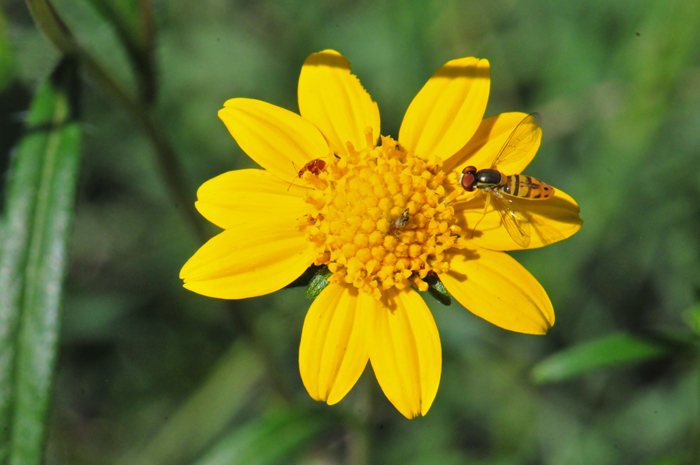
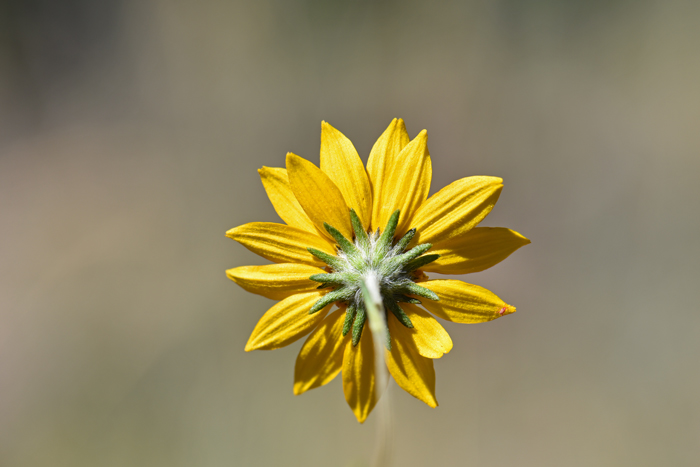
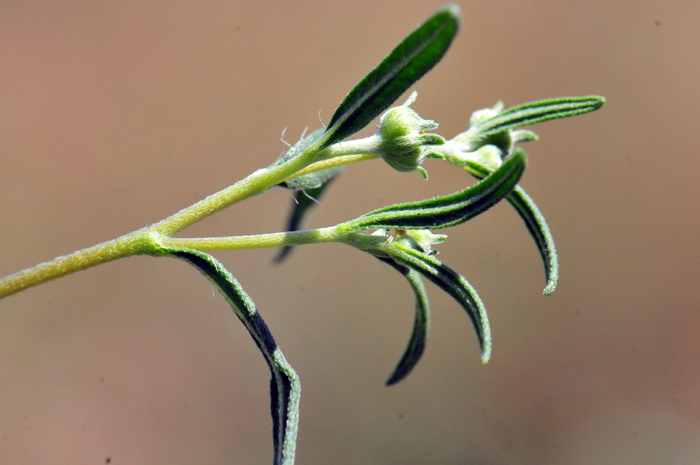
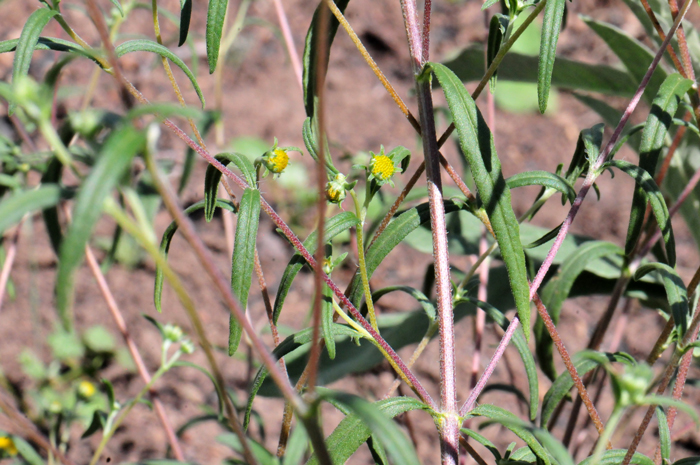

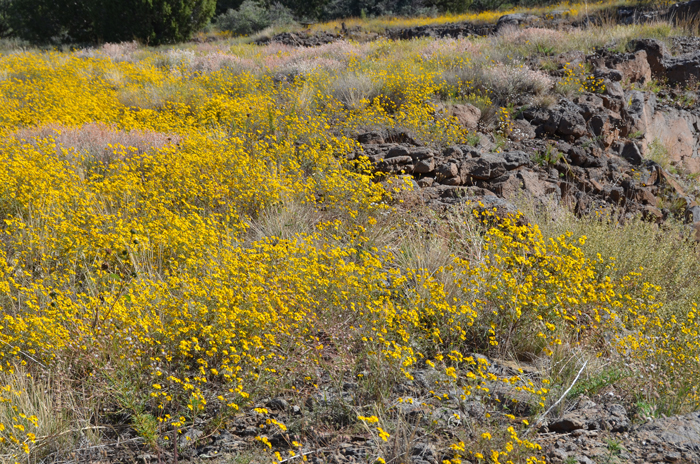
Scientific Name: Heliomeris longifolia
Common Name: Longleaf False Goldeneye
Also Called: Longleaf Falsegoldeneyes
Family: Asteraceae, Sunflower Family
Synonyms: (Gymnolomia longifolia, Viguiera annua, Viguiera longifolia)
Status: Native
Duration: Annual from a taproot.
Size: 6 to 28 inches (15-71 cm)
Growth Form: Forb/herb; plants herbaceous; stems slender, branching from base and above (see photo above) stems rough with small stiff course hairs (strigose).
Leaves: Dark green; blades slender, linear with short stems (petioles) or without stems (sessile); leaves rough (strigose); leaves arranged opposite below and alternate above.
Flower Color: Yellow; daisy-like flowers; numerous (25 to 50) heads on short 1 to 3 inches (2.54-7.62 cm) flowering stems (peduncles); heads with both ray (12 to 14) and disk (50 or more) florets; bracts surrounding flower heads (phyllaries) linear to oblong; fruit is a cypsela without a pappus.
Flowering Season: May or June to October or November with sufficient monsoon rainfall.
Elevation: 2,500 to 8,000 feet (762 2,438 m)
Habitat Preferences: Dry slopes, plains, arroyos and along washes.
Recorded Range: Native to the southwestern states; much of AZ, western NM, south, central NV, west TX and far southern UT and northern and central Mexico. The largest populations are in Arizona and western New Mexico.
North America & US County Distribution Map for Heliomeris longifolia.
North America species range map for Longleaf False Goldeneye, Heliomeris longifolia:
North American range map courtesy of Virginia Tech, Dept. of Forest Resources & Environmental Conservation
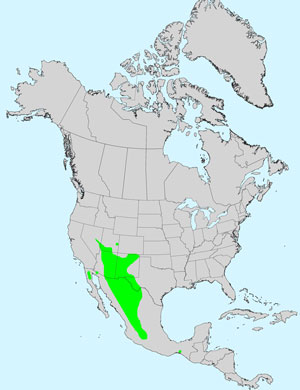
U.S. Weed Information: Unknown
Invasive/Noxious Weed Information: Unknown
Wetland Indicator: Unknown
Threatened/Endangered Information: Unknown
The genus Heliomeris was published in 1848 by Thomas Nuttall, (1786-1859).
In the Southwestern United States: Arizona and New Mexico each have 3 species of genus, California, Nevada and Texas each have 2 species, and Utah has 4 species. Data approximate and subject to revision.
There are 2 varieties in Heliomeris longifolia:
Heliomeris longifolia var. annua, Longleaf False Goldeneye (AZ, CO, NM, NV, TX);
Heliomeris longifolia var. longifolia, Longleaf False Goldeneye (AZ, NM, TX).
Comments: Longleaf False Goldeneye is variable with two recognized varieties in overlapping geographic ranges. It is similar in appearance to Showy Goldeneye, Heliomeris multiflora, which is a larger perennial plant more common in higher elevations and with slightly broader leaves and longer flowering stalks. In the United States, after taxonomic changes the genus Heliomeris is represented by only 4 species collectively referred to as "Goldeneyes".
The genus Heliomeris was published in 1848 by Thomas Nuttall, (1786-1859).
The species epithet “longifolia” (longifo'lia:) with long leaves.

